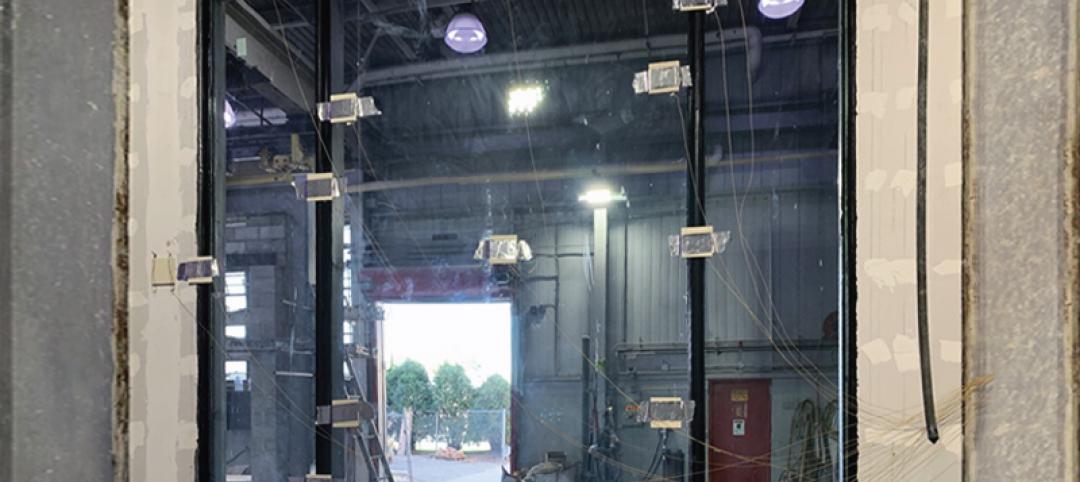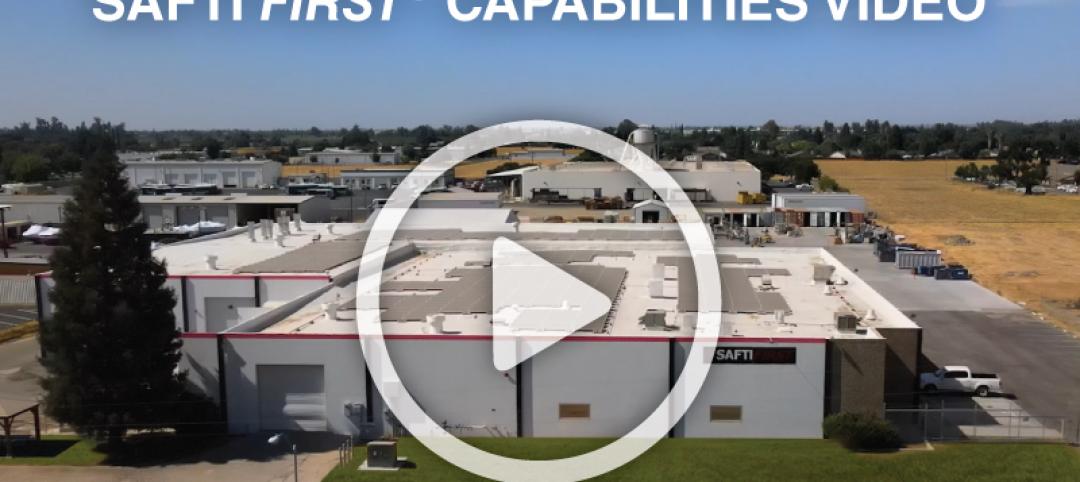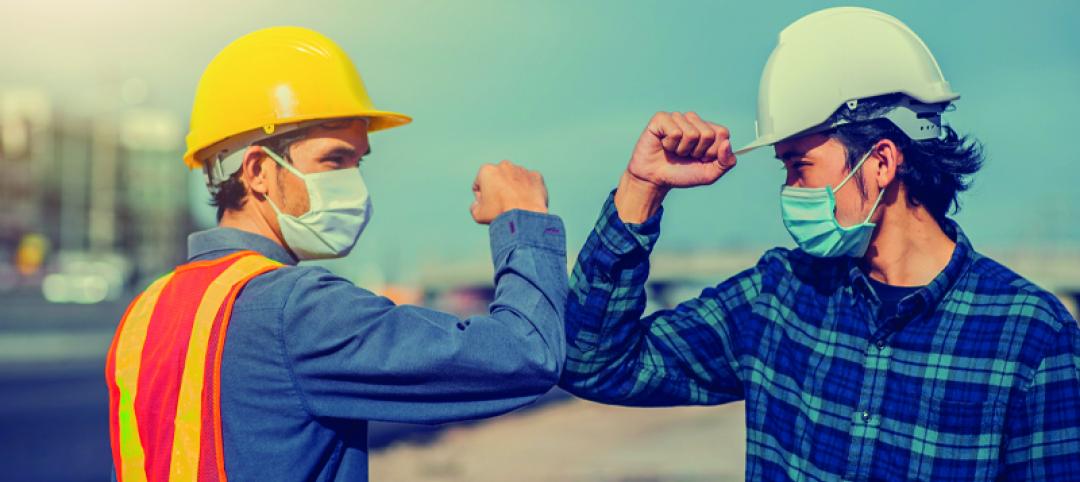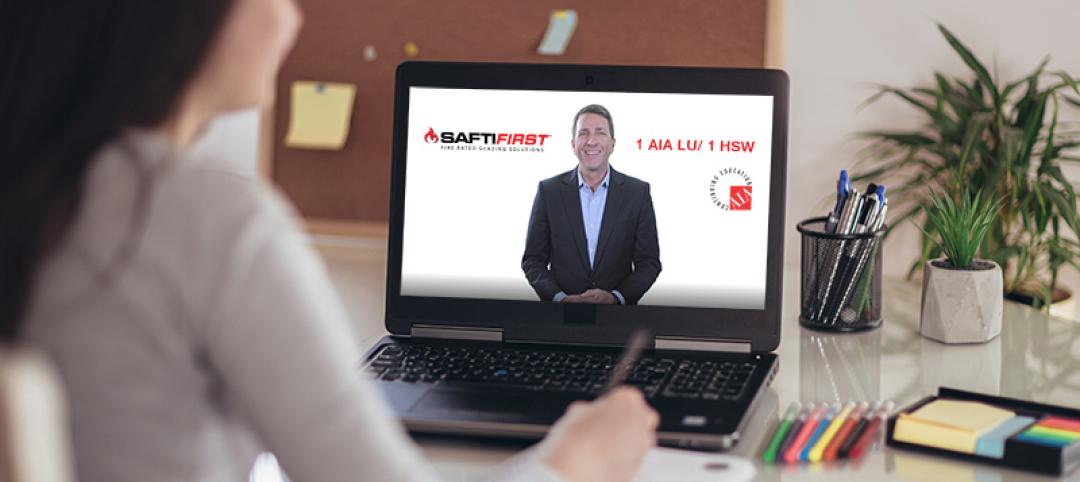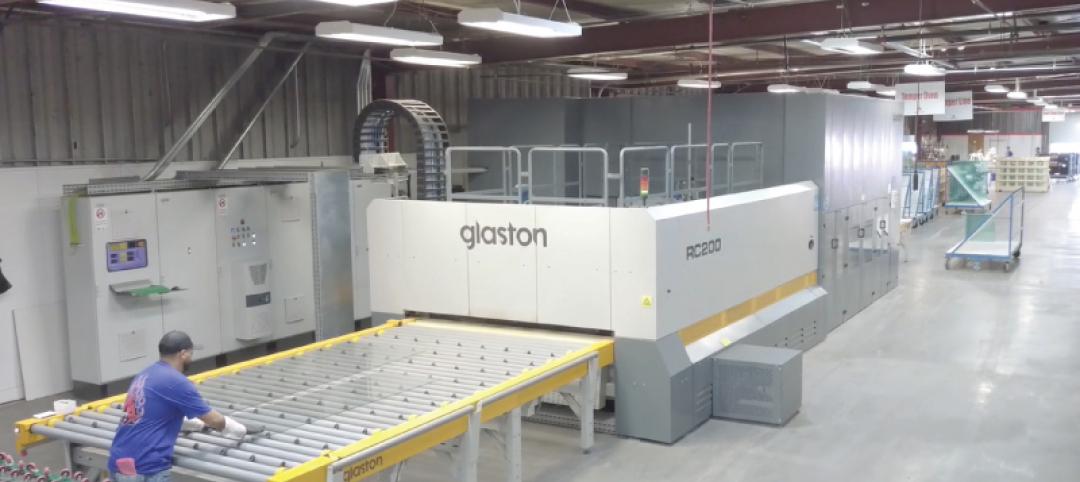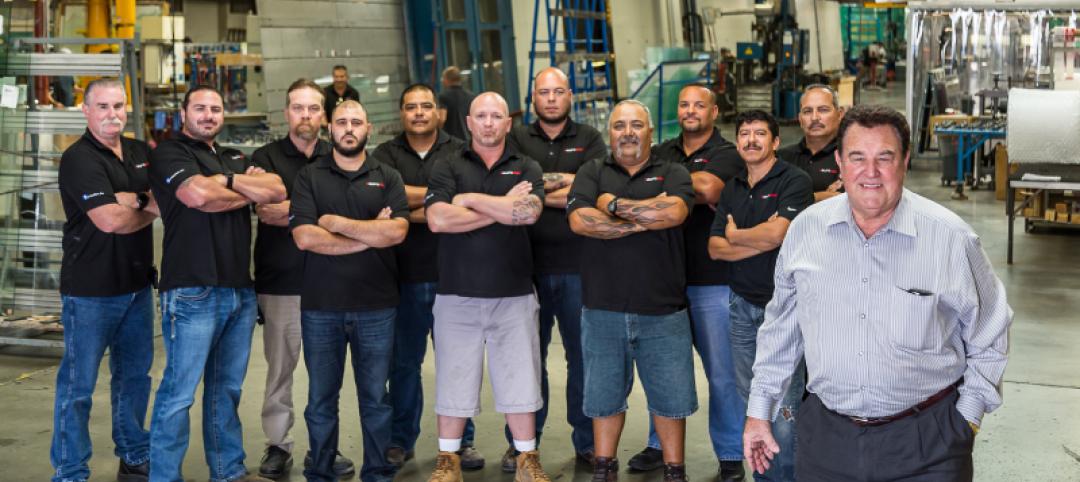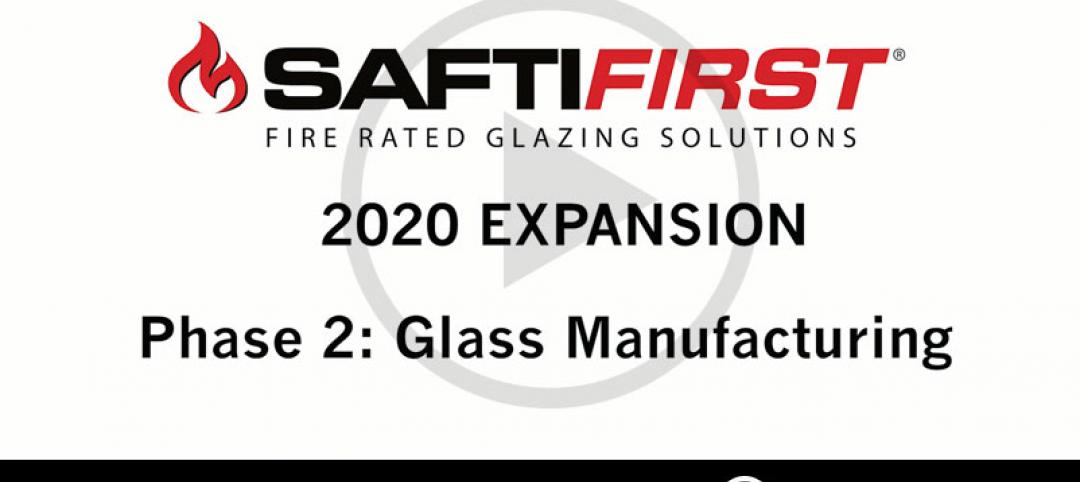The end of every year is usually a time to reflect on the year that was, and think of hopes and wishes for the coming year. Looking back, it is hard to ignore the natural disasters that we have endured as a nation: Hurricane Harvey in Texas, Hurricane Irma in Florida, Hurricane Maria in Puerto Rico, the Northern California wildfires in Sonoma and Napa counties, and just recently, the Southern California wildfires in Santa Barbara, Ventura and San Diego counties. My hope and wish for the coming year is for fewer calamities, and more peace and goodwill for everyone.
Though these catastrophic events were devastating to so many, the outpouring of support from individuals all over the country was truly uplifting. 2018 will be a time for rebuilding, and the construction industry is poised to lead the charge. As architects incorporate building hardening strategies in their design, building product manufacturers will continue to develop and provide products that protect against one or more threats: fire, hurricane, bomb-blast, forced entry, ballistic attack, and more.
With research and development being a top priority for SAFTI FIRST, we were able to launch high-performance products that do more than just protect against fire: the GPX Blast System that meets Department of Defense Antiterrorism Standards; the GPX Hurricane System with UL Certifications, Florida Product Approvals and Texas Department of Insurance Approvals; the GPX Ballistic System that meets up to UL 752 Level 8 ballistic; and SuperSecure II-XLS security glazing with ASTM F1915 ratings.
Our research and development efforts will continue on to next year. One the areas we are looking into is providing ASTM E-119/UL 263 rated residential windows to slow the spread of fire between houses. In commercial construction, we are seeing an increase of instances where windows in a property line are required to meet ASTM E-119/UL 263 because the intense radiant heat generated from an adjacent structure can travel through non-fire rated or ceramic glazed windows and ignite combustible items (paper, wood, fabric, etc.) in the other building. Having fire resistive, ASTM E-119/UL 263 rated glazing for these windows will stop radiant heat and can help prevent fire spread. (For more information, you can read the article What Architects Can Learn for Firefighters About Radiant Heat here.)
Another area where we have found an interesting application for fire rated glazing is glass fencing in urban wildfire areas. Our SuperLite I-XL is a specialty tempered product that blocks smoke, flames and offers partial radiant protection. It reflects the radiant heat back to the fire source to slow the spread of fire and offer residents more time to escape safely versus having a regular glass, metal or wood fence. As we’ve seen in the Northern and Southern California wildfires, every second counts.
I am feeling hopeful for the next year. We have proven several times that we are resilient industry and nation. I wish you all a fantastic holiday season and prosperous new year!
More from Author
Bill O'Keeffe | Oct 19, 2020
Going virtual
Manufacturers use virtual platforms to help architects meet CEU requirements.
Bill O'Keeffe | Jul 16, 2020
Obsolete?
"Revolutional, affordable, USA made Fire Rated Glazing for all fire protective areas makes ceramic glazing obsolete". Check out SuperClear 45-HS and SuperClear 45-HS-LI to understand why!
Bill O'Keeffe | Feb 10, 2020
USA-made fire rated glazing goes big in 2020
We are pleased to announce and share that the second phase of this $8 million expansion, upgrading our fire rated glass manufacturing facilities in Merced, California, is underway.
Bill O'Keeffe | Nov 20, 2019
Demand for advanced, USA-made fire rated glazing “RAISES THE ROOF”
With architects specifying full-vision, code-compliant, 60 and 90 minute, temperature rise doors for exit stairwells and other code required applications, we found this as an opportunity to expand our product offerings.

